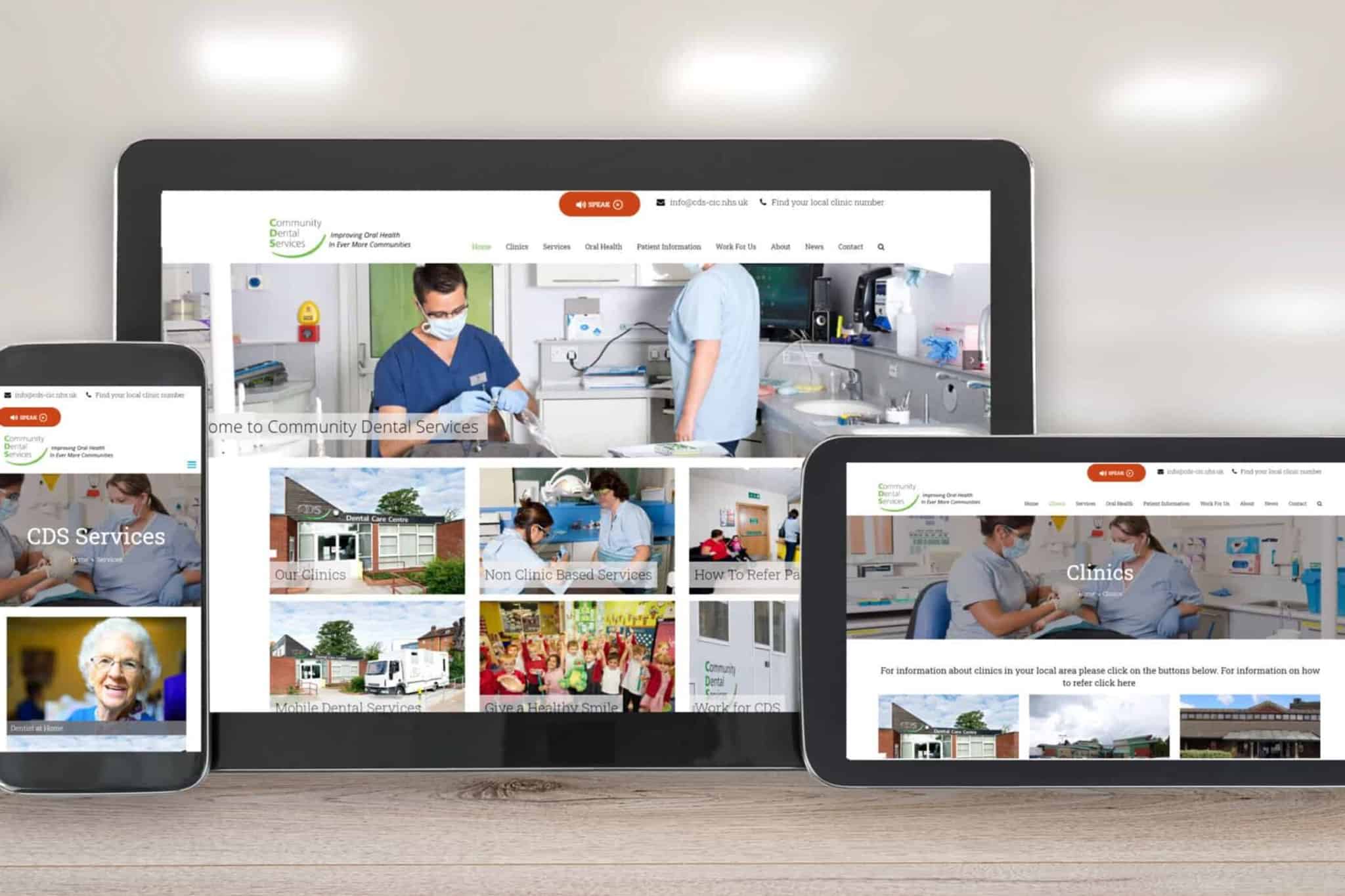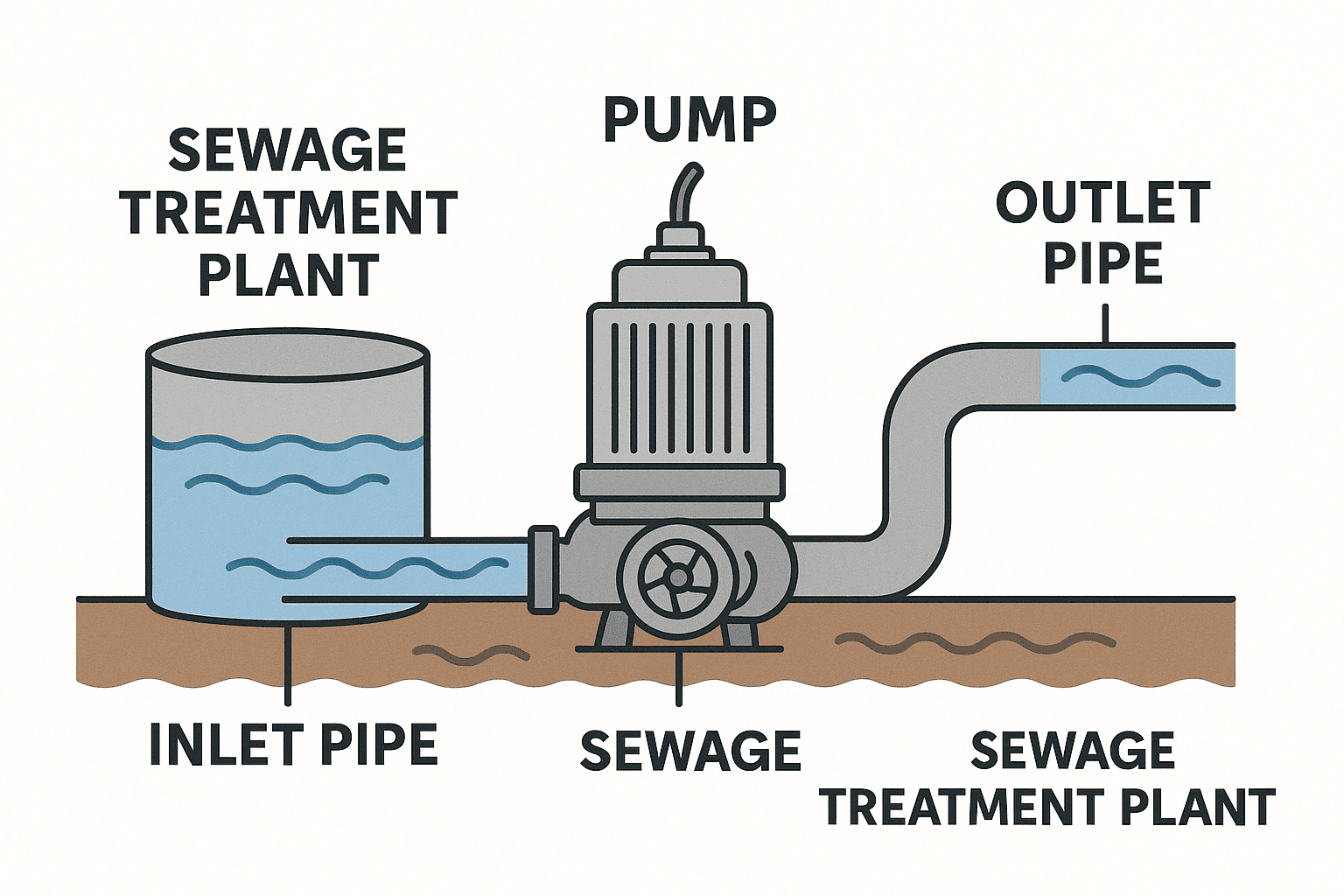Online shopping has become increasingly popular in recent years, with the convenience, selection, and price of products drawing in customers from all over the world. However, what truly are the key drivers in purchasing online to convince individuals to make purchases online?
In this article, we will explore the key drivers that influence purchasing decisions when shopping online. From convenience and selection to reviews and trust, we will delve into the factors that make the online shopping experience so appealing.
Whether you’re a seasoned online shopper or new to the game, this article will provide valuable insights into what drives people to make purchases online. So, let’s dive into the world of e-commerce and discover what drives consumers to click the “buy” button.
Thinking about the Key Drivers in Purchasing Online, issues that impact on a customer when purchasing online (or even purchasing through a traditional route i.e. in-store or from a sales call). Objections could be seen as “needs” in disguise.
By answering these objections can help in the decision-making process
- Why should I?
- Do I really want too?
- Am I ready?
In the online world there are often indicators to encourage purchase
- Timers – countdown how long the product on offer for
- Counters – showcase – sales being made (and hence how much stock left)
- The number of people viewing this item identified
- Sold out slapped across products to illustrate that others were prepared to buy
Is Purchasing Online Relevant for Business to Business
Purchasing online is relevant for B2B (business-to-business) transactions, as it allows companies to easily find and purchase products and services from other businesses. Online marketplaces and e-commerce platforms such as Alibaba, Amazon Business, and ThomasNet, have become popular among B2B buyers and sellers, allowing them to easily connect and do business with each other.
Online purchasing for B2B offers many benefits such as:
- Convenience: Companies can easily search for products and services, compare prices, and make purchases at any time.
- Selection: Online marketplaces offer a wide range of products and services, allowing companies to find what they need quickly.
- Price: Companies can easily compare prices and find deals online, helping them to save money.
- Reviews: Companies can read reviews from other businesses before making a purchase, which helps them to make informed decisions.
- Personalisation: Some online platforms allow companies to customize products or create personalized items online.
- Speed: Online purchasing allows companies to quickly find and purchase products, which helps to increase efficiency and reduce downtime.
- Trust & Security: Secure online platforms provide a high level of trust and security for both buyers and sellers.
However, for some companies, specially for the ones that have a big volume of purchases, or require a large amount of customisation on the products, the online purchasing might not be the best option. In those cases, they might prefer to have a direct relationship with the supplier and negotiate prices, conditions and delivery times.
Overall, purchasing online is relevant for B2B transactions, as it offers many benefits that can help companies to save time and money while also increasing efficiency.
10 Purchasing factors for consideration
#1 No Hurry to Buy
- What’s the rush to buy?
- Are you encouraging purchase by offering a limited time % off
- What is the time challenge that will encourage a customer to purchase
#2 No Money – This is where Klarna developed an alternative
- A customer might want to buy now (see point 1) but might not have the available cash. So how can the customer purchase
- Can you offer alternative payment mechanisms / approaches that allow the customer to purchase?
- Klarna is buy now and pay later. Split your purchases into 3 interest-free monthly payments. The first payment is made at the point of purchase, with the remaining payments scheduled automatically every 30 days. Your payments are automatically withdrawn from your connected card or bank account according to the agreed payment schedule, but you can make early payments anytime you wish
#3 No Belief – Does it look dodgy or too good to be true
- How much do they trust your brand, product / service, promises?
- Do they need a guarantee?
- Do they need a leap of faith?
#4 No Ability – keep things simple ( as simple as possible)
- Have you considered that your proposition might be so complicated they need specialist skills or knowledge to interact?
- Are your systems both people and technical geared up to help?
#5 No Time – can i buy as a guest and do it super quick?
- Can the person buy from you in the time they have
- Amazon is a master of this with its “Buy Now” button if you are an existing customer
- How complicated is it to buy from you for the first time?
- Has your desire to capture data complicated the purchase process?
#6 No Fear
- Would I like to buy what you have but I “perceive” that there might be a threat?
- The classic comment of “This site / retailer looks dodgy” lets buy from a reputable established supplier
- Fears and worries are hard to discern and will vary significantly amongst your different customer personas
#7 No Awareness
- Does anybody know about you
- The fundamental challenge to get found or to communicate with those who might be customers
- Your product might be brilliant but if nobody is searching because they don’t know what to search for you will remain unknown
#8 No Understanding
- Do they get your offer quickly?
- Can I easily differentiate between the levels of service that you offer?
- Can I easily establish the value provided?
- Example wetransfer.co.uk/pricing
#9 No Feeling
- Do They want to feel good? Now this might sound strange but I recently purchased a connecting cable for my I-phone a £7 product purchase, that when I actually got the product made me feel good. They adopted 3 key approaches that could be adopted by anyone selling physical products. If you would like to receive the case study email me andrew@bdolphin.co.uk
#10 No Next Steps
- Is it easy to see what the steps are in making a purchase?
- If I can see them can I take them 1.2.3
Building an Ecommerce website to overcome key drivers in purchasing online
Building an ecommerce site may be simpler than you imagine. It very much depends on the products or services you are looking to sell and also the number of items within your product portfolio. There are now ecommerce solutions that do most of the work for you, in terms of adding product imagery, descriptions and pricing.
This allows you to build an ecommerce site but you still need to understand what’s offered and what your site needs. If you research thoroughly, you can identify a platform that allows you to create a functional site that grows and evolves with you in the years to come.
Below is listed a super simple process
- Select your perfect ecommerce platform WooCommerce, Magento, Shopify etc
- Purchase a domain name. e.g www.bdolphin.co.uk
- Find a developer. e.g. www.webdesignpeterborough.co.uk
- Pick your ecommerce theme.
- Customise your ecommerce template.
- Add your products – now if you only have a few products this can be easily completed manually, if you have thousands you might be better off importing them
- Set up payment options – how are you going to take payment Stripe, PayPal or another merchant system
- Sort out your shipping settings. In our experience this is one of the elements many businesses getting involved in ecommerce forget about and get horribly wrong.
- Preview, test… and publish your online store.
Things to consider when choosing your ecommerce system.
Several systems have to work seamlessly to give your customers the best ecommerce experience. Look at how your preferred ecommerce platform works in the following areas to ensure it performs optimally both now and for future online trading.
Website performance
Make sure the platform works consistently and has a strong uptime record, so your website is available when customers want to shop. Unlimited API calls help make your site easier to manage, and pages that load quickly give customers the best experience.
Traffic capacity
Can the platform meet your current traffic needs? Does it have the scope to grow with you as your business expands? Does it handle big days like Black Friday and Cyber Monday?
Mobile optimisation
More consumers are shopping on mobile devices, so it’s essential that your platform can optimise your website for an excellent mobile encounter. Look for ways to enhance customer experience through mobile technology, like geolocation, which helps customers find the nearest store.
Secure payments and data
The platform must be able to protect your data and your customer’s data. SaaS solutions include security, like SSL and PCI, as part of their monthly plans. Self-hosted and open-source solutions require you to have a greater understanding of security, as there’s a higher chance of attack.
The importance of fast loading websites
Website loading speed is extremely important for ecommerce websites. In fact, it can significantly impact the success of an online store. Here are some reasons why website loading speed is crucial for ecommerce:
- User Experience: Online shoppers expect fast and seamless browsing experiences. If a website takes too long to load, visitors are likely to become frustrated and abandon the site. A slow-loading website can lead to a high bounce rate and lost sales opportunities.
- Conversion Rates: Studies have consistently shown that slower loading times negatively impact conversion rates. When potential customers have to wait for a website to load, they are more likely to abandon their shopping carts and look for alternatives. Faster loading speeds contribute to a smoother shopping experience, increasing the likelihood of customers completing their purchases.
- Search Engine Rankings: Search engines like Google consider website loading speed as a ranking factor. Faster-loading websites are more likely to rank higher in search engine results pages, leading to increased organic traffic and visibility. Improved rankings can attract more potential customers and boost the overall visibility of an ecommerce website.
- Mobile Optimisation: With the increasing use of mobile devices for online shopping, having a fast-loading mobile website is crucial. Mobile users often have slower internet connections and limited data plans, making website speed even more critical. A slow-loading mobile site can result in a poor user experience and lost sales opportunities.
- Customer Retention: Slow-loading websites can leave a negative impression on customers, leading to a decline in customer satisfaction and loyalty. On the other hand, a fast-loading website can improve customer retention by providing a positive user experience that encourages repeat visits and purchases.
To optimise website loading speed, ecommerce websites can employ various strategies, such as optimising image sizes, utilising caching techniques, minimising server response time, and employing content delivery networks (CDNs). Regular performance monitoring and optimisation efforts are necessary to ensure a fast and reliable website experience for customers.
WooCommerce or Magento
WooCommerce and Magento are two prominent e-commerce platforms that cater to a wide range of businesses, including SMEs (Small and Medium Enterprises). When comparing these platforms in terms of ease of use and their suitability for SMEs, several factors come into play.
Ease of Use: WooCommerce, being a plugin for WordPress, is generally considered more user-friendly and accessible, especially for those who are already familiar with WordPress. The integration process is relatively straightforward, and the platform offers an intuitive interface that allows users to manage their online stores without extensive technical knowledge. The setup and customisation options are user-friendly, and a variety of themes and plugins are available to enhance the store’s functionality.
Magento, on the other hand, tends to be more complex, particularly for those without a technical background. Its robustness comes at the cost of a steeper learning curve. The platform offers extensive features and customisation options, but navigating through the settings and configuring the store may require more time and expertise. Although Magento has made efforts to improve its user interface, it may still be more challenging for SME owners who are looking for simplicity and ease of management.
Suitability for SMEs: WooCommerce is often a preferred choice for SMEs due to its ease of use, cost-effectiveness, and scalability. Since it operates within the WordPress ecosystem, businesses that already have a WordPress website can seamlessly integrate WooCommerce to set up an online store. This integration provides a familiar environment for managing content and products. WooCommerce is particularly well-suited for SMEs that are just starting out in e-commerce and don’t require highly specialised features.
Magento, while more complex, offers a higher level of customisation and scalability, making it suitable for SMEs with more complex requirements and growth aspirations. Businesses that demand advanced features, extensive product catalogues, multi-store capabilities, and intricate business processes can benefit from Magento’s robust architecture. However, SMEs need to consider the additional costs and potential technical expertise required to manage and maintain a Magento-based online store effectively.
In conclusion, the choice between WooCommerce and Magento for an SME business depends on the specific needs and resources of the business. If simplicity, ease of use, and integration with an existing WordPress site are important, WooCommerce is likely the better choice. On the other hand, if a business requires a higher degree of customisation, scalability, and advanced features, and is willing to invest in technical expertise, Magento could be the platform to consider. It’s important for SME owners to carefully assess their priorities, goals, and available resources before making a decision.
Key Drivers in Purchasing Online
The key drivers in purchasing online include convenience, price, selection, reviews and recommendations, speed and efficiency, security and trust, and accessibility. Consumers appreciate the convenience of being able to shop from home at any time, and the often lower prices and wider selection offered by online retailers.
Reviews and recommendations from other customers also play a significant role in helping consumers make informed decisions. Online shopping is often faster and more efficient than shopping in physical stores, and the improved security and trust measures implemented by online retailers have made consumers more comfortable with making purchases online.
Additionally, online shopping is accessible to anyone with an internet connection, making it a convenient option for people who may not have easy access to physical stores. Understanding these key drivers can help online retailers improve the shopping experience for their customers.
When developing an e-commerce website for mobile devices, there are several key considerations to keep in mind:
- Mobile optimisation: The website should be optimized for mobile devices with a responsive design that adjusts to the screen size of different devices. This ensures that users have a seamless experience regardless of the device they are using.
- Simplified navigation: Mobile devices have limited screen space, so it’s important to simplify the navigation to make it easy for users to find what they’re looking for. This can be achieved through a clear and concise menu, or by using a search bar.
- Fast loading speed: Mobile users expect fast loading times, so it’s important to optimise the website’s performance to minimise loading times. This can be achieved through optimising images and reducing the number of HTTP requests.
- Mobile payment options: Mobile users are more likely to make purchases on their devices if there are mobile payment options available such as PayPal, Apple Pay, Google Wallet, or mobile carrier billing.
- Security: It’s important to ensure that the website is secure, especially when handling sensitive information such as credit card details. SSL certificates and encryption should be used to protect user data.
- User experience: Finally, it’s important to consider the overall user experience. This includes everything from the design and layout of the website to the checkout process. A positive user experience is key to driving conversions and building customer loyalty
For more information on marketing, ecommerce websites and sales click here. contact Andrew Goode MBA, MSc, FCIM Click here to arrange a call
Other articles linked with marketing metrics that may provide additional insight. Marketing metrics and analytics, marketing ROI Planning , marketing revenue analytics and Marketing Measurement Metrics














